On May 26, 2012, my dream came true.
As adamant as you can be when you’re a child, convincing your family to fly to Hawaii on United Airlines just so you can say goodbye to the last of the narrowbody four-holers is a long shot. Especially when there were fewer-stop options available through Vancouver. I tried, though.
Until February of 2012, I was pretty sure that I’d never get to fly on a DC-8. Then my fortunes changed.
A company called Classic Jet Tours had managed to organize a passenger flight on a DC-8-62CF belonging to Air Transport International. After seeing my friends posting their boarding passes on Facebook, I jumped on it; I paid my fee, booked travel to Sacramento, and began counting the days.
Sacramento McClellan Airfield is predominantly an industrial airport. In 2012, it was still home to the ATI DC-8 fleet, a Coast Guard unit, and a Cal Fire base. Despite its utility role, to gain access to the ramp we had to succumb to the indignity of a private security contractor wanding us for contraband.
The DC-8-62CF itself, N799AL, was delivered to SAS in 1968. It made its way to the Royal Thai Air Force, then hauled auto parts for Zantop, briefly to Air Marshall Islands, and finally to Air Transport International. While with ATI, much of the cargo carried was classified and property of the United States Air Force. The most common route was from Travis Air Force Base to HNL, then continuing on to some USAF facility in the South Pacific. The thirty two seats were usually filled with either Department of Defense staff or contractors. On occasion, the aircraft would head into Afghanistan or Diego Garcia. Once or twice, we were told, it headed to remote listening stations in the Atlantic Ocean.
Boarding was via the rear door, and seat assignments were first-come, first-served. I sat in a middle seat, next to another very accommodating enthusiast who was kind enough to let me take pictures of the wing over him.
Seat pitch was generous (about 34 inches) and the seats themselves felt like something from another era. Even at six-abreast, the seats were well padded and were reminiscent of other classic McDonnell Douglas jets.
There was a distinct odor of Jet-A permeating the cabin upon start-up, which was sadly hushed due to making the JT3D-3B* engines “Stage 3″ compliant. Takeoff was short; so short, in fact that the roll was barely 30 seconds. Due to the lack of cargo and only enough fuel for a round trip to Long Beach, the aircraft actually had to be ballasted with spare tires.
Due to the massive flaps, the aircraft tended to “balloon” upon flap retraction. It wasn’t uncomfortable, just an experience I have only had on a tail-heavy DC-8. Cruise was exceptionally smooth. So smooth that we were allowed to get up and examine the cargo hold.
The door that separates the passenger cabin from the cargo hold is by no means full-size. While it’d be a challenge to hit your head on, it can be a tight squeeze. The hold itself is wonderful. To save weight, it does not have as much insulation (acoustic or thermal) – so it feels like proper flying. It is slightly colder, it’s louder, and if you aren’t careful, you’ll bash your knee on a cargo roller trying to take a photo out the window.
After the first voyage forward; it was time for service. The ATI flight attendant, herself a multi-million miler with American Airlines, was extremely gracious and excited. For this flight, it was her job to serve sandwiches, fruit, soft-drinks, and champagne. Not your ordinary spread for a one-hour flight.
All too soon, it was time to land in Long Beach.
To complicate matters, there was a tailwind on the active runway. Even more cumbersome, noise restrictions prevent the use of the DC-8’s full 50 degrees of flap in all but an extreme emergency.
A tail-heavy, light DC-8 in a tailwind; you can figure out that from that alone that landing was going to be firm. So firm, it was, that we actually ruptured a tire on the right main landing gear.
This shortened our tour of the former McDonnell Douglas assembly line to some degree, but we still got to see the landmark sign.
The flight home found me firmly planted in a window seat, and also offered a longer takeoff roll. I found the windows felt much larger than the current narrowbody offerings. I spent the remainder of the flight standing in the cargo hold. At the time, it was a novel experience to cruise while standing and without a seatbelt.
When we arrived back into KMCC, we were allowed to spend as long as we needed photographing the aircraft and its associated components.
ATI and Classic Jet Tours had done a fantastic job.
The only thing that would have made the experience better is if, by magic, it was a DC-8-21 with “water-burner” engines.
N799AL now resides at an aviation museum on the island of Oahu. There were attempts to sell seats on the very last flight to the museum, but surprisingly it was cancelled due to lack of interest.
*Technically, not all engines on N799AL are JT3D-3B. It operated in intermix mode with a JT3D-7 in the number two position. This slight thrust differential was only observable during extreme crosswind.
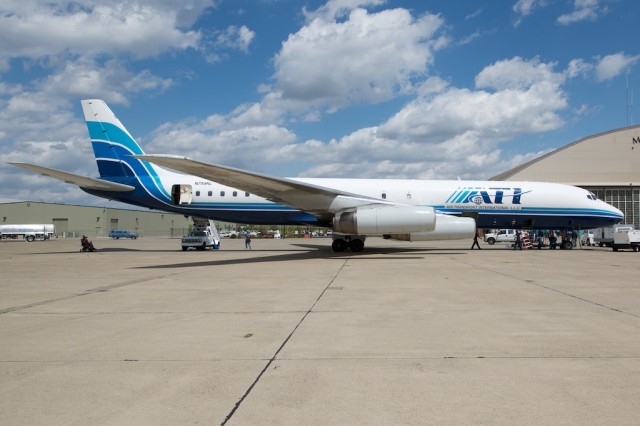
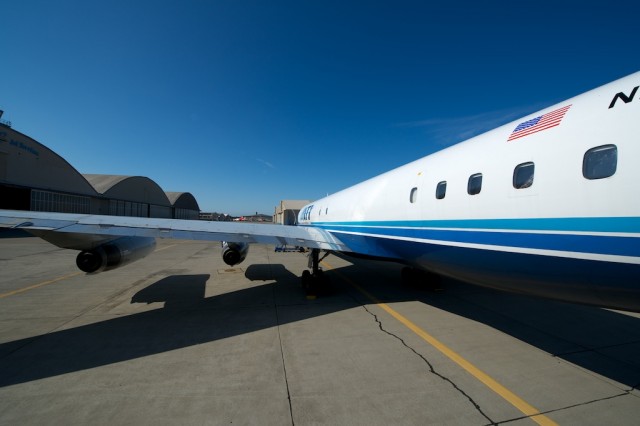
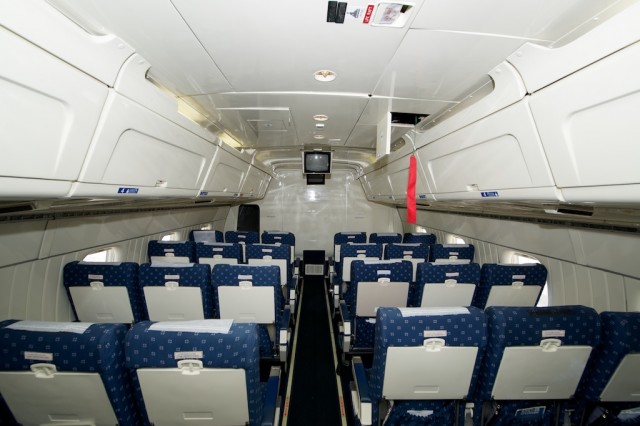

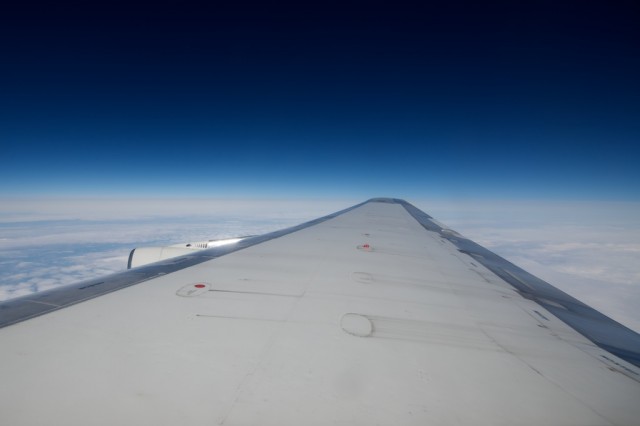
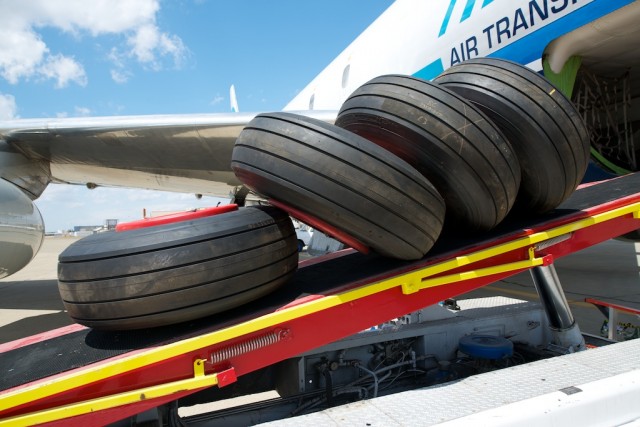
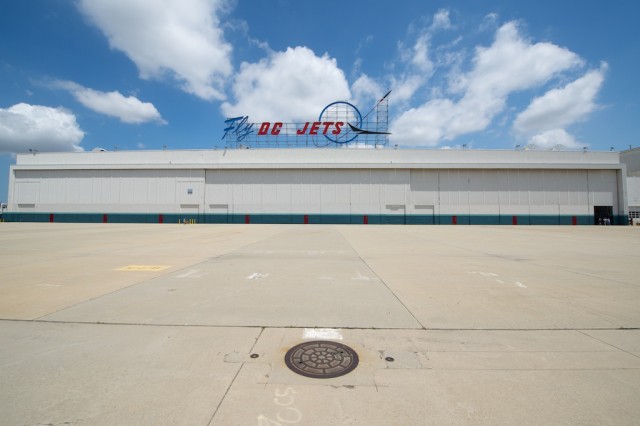
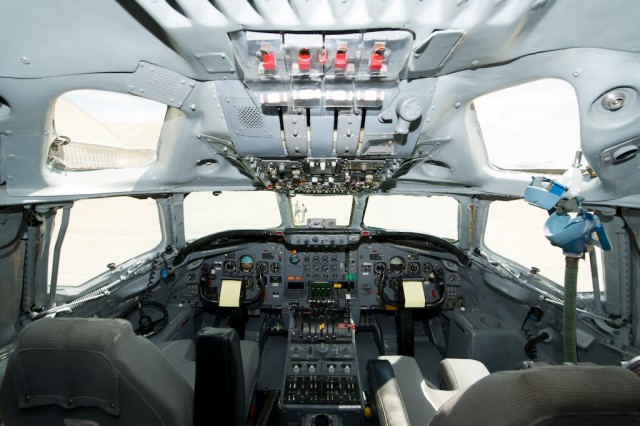
Great experience! I would blame “lack of interest” for its final leg to Kauai on poor marketing and zero media attention. That could have been a great flight.
Yeah, it was not through Classic Jet Tours but through a post by an aviation videographer on a forum. He also could never cement a date. He only needed 20 people, I guess the “one day in May” timetable threw a lot of people off.
I remember seeing information about buying tickets for the flight that you took… If I remember correctly, the price was well on the absurd side of things – and I can only assume that the final flight to Kauai would have been much worse. I’m sure that this has a good bit to do with the “lack of interest” for that last flight. 🙂
I remember working the first DC-8 out of chicago as a Rampserviceman for United Airlines in 1959 ! what a day we rolled the red carpet out to the first class boarding stand and really felt proud to be a part of the new jet age. All the passengers both First class and Coach were dressed up and sure looked good. I also worked the last stretch 8 out of chicago I think it was some tome in the 80’s and really made me sad to say goodbye to such a great Airplane. I feel great saying I worked for United Airlines and helped to build the carrier.
Very cool! It’s great that you got to catch this flight.
N799AL is at Hawaii Museum of Flying/ NAVAL AIR MUSEUM Barbers Point, OAHU. Hawaii Not Kauai , and I Had the Pleasure of Being on the Last Flight. It was a awesome Flight around the Island Of Oahu with her final Landing at PHJR. She can be seen at THE HAWAII DC-8 Display on FB
Oops, you’re right! I was confusing it with Barking Sands for some reason. You must’ve had an awesome time on that flight, though. I am jealous.
N799AL aka “Little AMI” resides at Naval Air Museum Barbers Point, located at Kalaeloa Airport, Kapolei, Hawaii on the island of Oahu. (Not Kauai). She is open to the public for tours through the Museum. Please check us out on Facebook, Twitter and http://www.nambp.org. Her final revenue flight was on May 18, 2013 which was when she landed at NAMBP.
Great article. I wish you would have included the pilots in the writing. My brother flew for ATI until just this year and was a senior pilot for the 8. When he talked of his trips my imagination could take me to Thule, the Azores, Germany, and the south Pacific islands. He was one of the last to fly the 8 for ATI thought not for that flight. I had a rare moment to fly with him on a trip up the coast of the Eastern US. Truly an amazing flight. Next time you do an article about flying, don’t forget the pilots.
Justin Hull, I flew with your brother many times. He was a good guy to fly with. I was with ATI for 15 years as a Professional Flight Engineer and First Officer. I miss the old girl. Nothing like the DC-8!
DC 8-21 did not have “water burner” engines…they had JT4A P&W derived from the military J-75. The DC 8-10 series did have their JT3C engines (military J-57) augmented by a water-methanol mix for take off.
I’m glad you pointed that out, thus saving me the trouble. So many people know wrong “Facts” about the DC-8.The JT4A series of engines were the first approved by the FAA for a TBO in excess of 10,000 hours. I have over 10 years and 7,000 hours in the DC-8, and it was my first type rating on my ATP in 1987. It is the strongest airframe I have ever flown, and it was built to last…
I worked as an engineer doing the stress analysis on a ten inch section of the DC 8 wing at the Douglas plant in Santa Monica in 1954. George Nicholas from Purdue University, BSAE
I worked for Connie Kalitta from 1988 till 2000. He had a large fleet of DC-8s including 55s, 61s, 63s and even a 73 with an all glass cockpit… The DC-8 was an amazing airplane, everytime I hear about the A-10 Warthog being able to absorb damage and keep flying I can’t help but compare it to the venerable DC-8.
My father, Captain Brad Watts flew that last flight to Barbers Point. Along with First Officer Stephanie Swain, Flight Engineer Scott Olson, and Flight Attendant Sandra Lucas-Detrick. I just recently found the pictures of that arrival on Facebook. Really cool. Thanks for the article!
Are you by chance related to George C. Watts Jr. , who was a pilot and lieutenant commander with the Navy in VR-21 based at Barber’s Point during the mid 1960’s? With your last name and the connection to Barber’s Point, you got my attention. If so, my husband and George were both pilots in VR-21 at the same time and both of our families lived in Capehart (military housing) at the entrance of Pearl Harbor.
I will ask my father for you Jan.
I worked for Connie Kalitta from 1988 until 2000. When I started he had 1/2 a dozen DC-8’s. At the high point his DC-8 fleet had around 14 planes. These ranged from a DC-8 53 series to several 55 series, 61s, 63s and even a 73 series with CFMs and an all glass cockpit purchased from at the time the world’s richest man, Adnan Khashoggi. https://www.youtube.com/watch?v=KbnMc0iIVos Connie flew the airplane is and the whole company got to have a tour of the airplane before we proceeded to strip the plane of it’s opulent interiors and sent it off to have a cargo door installed. The CFM’s while carrying a slightly lighter load than a heavy 63 at sea level, was highly sought after on our S. American runs where take-off altitudes gave thew high by-pass CFM’s an advantage in MTOW and fuel economy as well. The airframe was so over engineered on all the DC-8’s that the replacement of the two engines on each wing with 1 CFM was even contemplated. We had an airplane come out of C-check in S. America and hit a radio tower in the foggy mountains during its check run. The plane landed safely missing 12 feet of the left wingtip with 10 ft. of radio tower and dozens of feet of steel cabling wrapped around the #1 pylon and engine. I eventually ended up working in a JT-3D engine overhaul shop and saw numerous engines come in with amazing amounts of damage but still operating. The DC-8 in all its configurations was an amazing airplane.
I knew the DC8’s probably as well as most. Stopped flying as a P.F.E. in 97 from Airborne. Previous flew in the 20, 30, 40, 50, 60,and 70 series DC8’s all over he world under many different companies. Started with UAL maintenance in 53. Flew for EAL in 57 to 62. Was involved in F.E. strike in 62 and flew all the Connies as F.E. from the 049’s to the Super g’s plus the Douglas 6 and 7’s and Electras. Consider myself very lucky now with how we had to operate through the deregulating period but “O” what fun, and stories
Bill Pa***@*ol.com
I worked for Airlift International from 1976 to 1981 as a line mechanic in Miami Florida we had DC 8-33,DC-8-54,DC-8-63 and 1 B727-073C.I was young at that time but enjoyed the work it was a very good company, at that time I work for Gus Connors part time DC -6 The old corrosion corner. Miami was a good place to live in the 60s 70s grew up there now reside in Greensboro North Carolina.
Flew on a DC – 8 when I was sent to Thailand , U Tapao RTNB
.I was a jet engine mechanic in the USAF Very nice aircraft! Just like the Lockheed C 141 Starlifter. Uncle was a Loadmaster stationed at McChord AFB Wash. flying 141. Aah the memories.
I worked at McDC Tulsa during the stretch, cargo door and re-engine projects on the DC-8’s. I worked in Maintenance and was assigned to the “Autoclave” area where the DC-8 fuselage tests were conducted. I ran the twin 400 HP air compressors that provided air for the tests. On the first re-engine, there was an escape hatch covering a slide arrangement for bailing out of a test flight. The escape hatch door was blown off!
The first test was a “proof” pressure test. After the proof test, pressure was reduced and stabilized then we tested for leaks. An orifice plate was put into the airline and with pressure drop across that orifice, flow could be determined from a chart. The ground crew worked leaks until the fuselage was within specs. We had an open house and I took many pictures of the re-engine project aircraft and F4 Phantom IRAN.
I worked as a Flight Attendant for Saturn Airways as a Flight Attendant. As a Charter carrier, we flew mainly to European destinations and Hawaii as well as other domestic vacations. I didn’t remember how cramped the interior seating was. I later worked for American, US Air, Midwest Airlines and Frontier Airline. I have been to all 50 states in the U.S. and 198 International Destinations and have since retired. The DC 8 seemed to be a reliable aircraft as we had few delays or cancelations.
I flew the dc8 for 20 plus years, 3 years as copilot/captain then 17years as captain, its was a great aircraft.
I worked as a flight attendant for TransAmerica Airlines for 8 years flying the DC8-63. We flew it all over the world…MAC charters, Hadj trips to Jeddah, Was a wonderful workhorse. You could sit in the jumpseat at the aft of the aircraft, and on take-off, you could yell as loud as you could, and the flight attendant sitting next to you in the jumpseat couldn’t hear you…memories I will never forget.